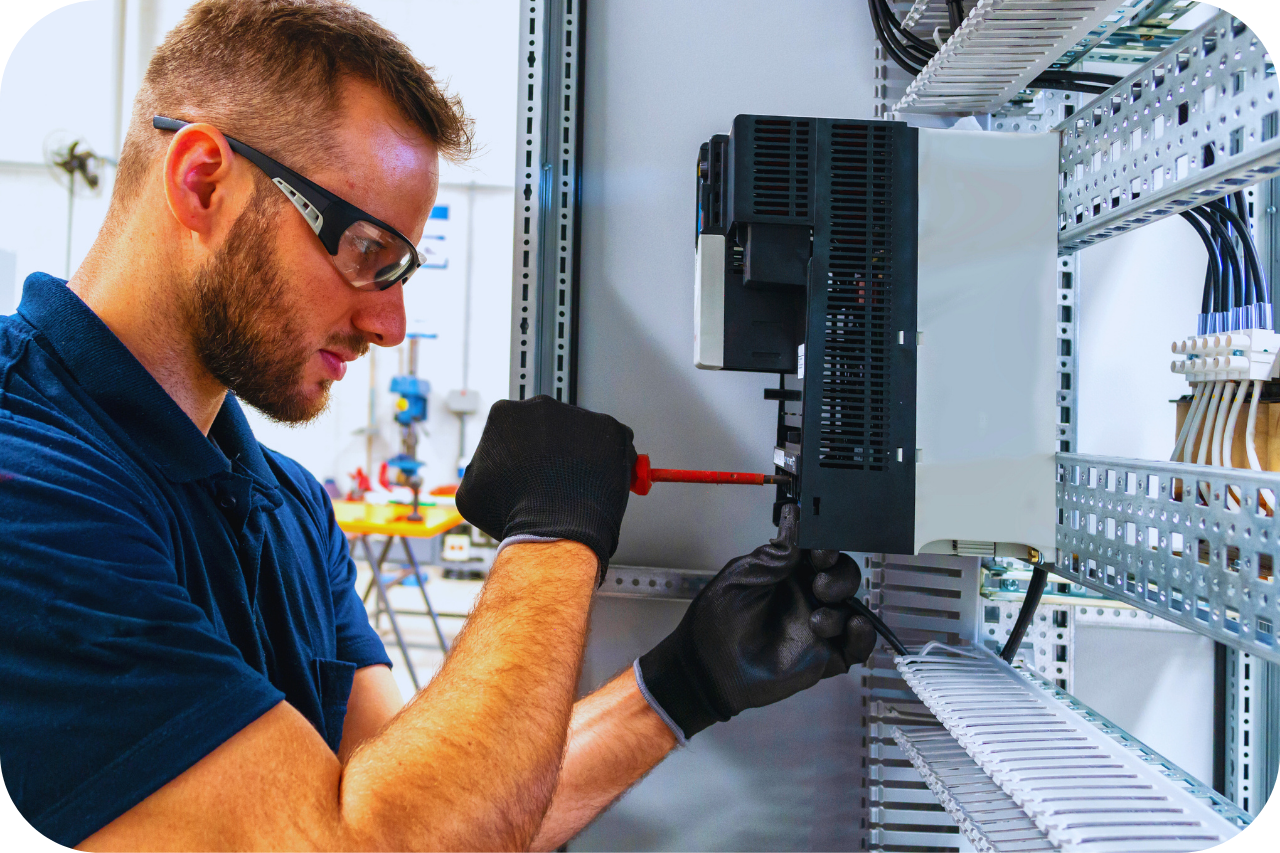Roar Solutions Fundamentals Explained
Roar Solutions Fundamentals Explained
Blog Article
9 Simple Techniques For Roar Solutions
Table of ContentsMore About Roar SolutionsHow Roar Solutions can Save You Time, Stress, and Money.Roar Solutions - Truths
In order to secure setups from a potential surge a method of evaluating and categorizing a possibly harmful area is required. The objective of this is to ensure the appropriate selection and installation of devices to ultimately prevent a surge and to guarantee security of life.
(https://www.4shared.com/u/m0RNXdsL/thomascarrillo4740.html)
No devices needs to be mounted where the surface temperature level of the tools is above the ignition temperature of the given hazard. Below are some typical dust dangerous and their minimal ignition temperature. Coal Dirt 380C 225C Polythene 420C (melts) Methyl Cellulose 420C 320C Starch 460C 435C Flour 490C 340C Sugar 490C 460C Grain Dust 510C 300C Phenolic Resin 530C > 450C Aluminium 590C > 450C PVC 700C > 450C Soot 810C 570C The chance of the danger being existing in a concentration high sufficient to trigger an ignition will vary from place to place.
Hazardous location electric devices maybe created for use in higher ambient temperatures. Field Repair Work By Authorised Employee: Difficult testing may not be needed however certain procedures might need to be followed in order for the devices to preserve its third celebration ranking. Each item of tools with a hazardous rating need to be reviewed separately.
Some Known Details About Roar Solutions
The devices register is a comprehensive database of tools documents that consists of a minimum collection of fields to recognize each product's place, technical criteria, Ex-spouse category, age, and environmental information. The ratio of Comprehensive to Shut examinations will certainly be determined by the Tools Danger, which is evaluated based on ignition threat (the likelihood of a resource of ignition versus the probability of a flammable atmosphere )and the dangerous location classification
( Zone 0, 1, or 2). Implementing a robust Risk-Based Evaluation( RBI )technique is important for guaranteeing conformity and security in handling Electric Devices in Hazardous Locations( EEHA).
An Unbiased View of Roar Solutions

In regards to eruptive danger, a harmful area is an environment in which an eruptive environment is existing (or might be expected to be existing) in quantities that call for special preventative measures for the building and construction, setup and use of tools. high voltage courses. In this post we check out the obstacles dealt with in the office, the danger control steps, and the called for competencies to function safely
It issues of modern-day life that we produce, store or manage a range of gases or fluids that are deemed combustible, and a series of dirts that are deemed flammable. These compounds can, in certain conditions, create eruptive environments and these can have significant and heartbreaking consequences. Many of us recognize with the fire triangular remove any among the three elements and the fire can not occur, but what does this mean in the context of unsafe locations? When damaging this down right into its most basic terms it is essentially: a mix of a specific quantity of release or leak of a certain substance or material, blending with ambient oxygen, and the presence of a resource of ignition.
In the majority of instances, we can do little regarding the degrees of oxygen in the air, however we can have significant impact on resources of ignition, for instance electric devices. Unsafe areas are documented on the harmful location classification illustration and are recognized on-site by the visit triangular "EX" indication. Below, among other vital information, areas are divided right into three types depending upon the hazard, the possibility and duration that an eruptive atmosphere will exist; Zone 0 or 20 is considered the most dangerous and Zone 2 or 22 is deemed the least.
Report this page